The “Day of the Dead” is a Mexican vacation that honors and celebrates the deceased. It usually takes place on November 1 and 2, coinciding with the Catholic All Saints’ Day and All Souls’ Day. During this time, families erect ofrendas with offerings of marigolds, food, and memento to welcome the spirits of the deceased into the world of the living. It’s a joyful and colorful celebration that combines Catholicism with indigenous traditions. The belief that death is a natural part of the human experience and should be greeted with remembrance and celebration. Here is the full article about Day of the Dead:
History
The history of the Day of the Dead or “Día de los Muertos” can be traced back to indigenous Mesoamerican civilizations such as the Mayans, Aztecs, and Toltecs. These cultures had a deep reverence for death and believed that the spirits of the deceased might return to visit the living.
Spanish conquistadors introduced Catholicism in the 16th century. Indigenous traditions merged with the Christian festivals of All Saints’ Day and All Souls’ Day. As a result, the modern festival of India de los Muros emerged. Over the centuries, the day evolved into a vibrant and unique Mexican holiday. The focus is on remembering and honoring deceased loved ones using ofrendas, marigolds, sugar skulls, and other cultural symbols. It is a mixture of colonial and ancient influences that has become an integral part of Mexico’s cultural identity.
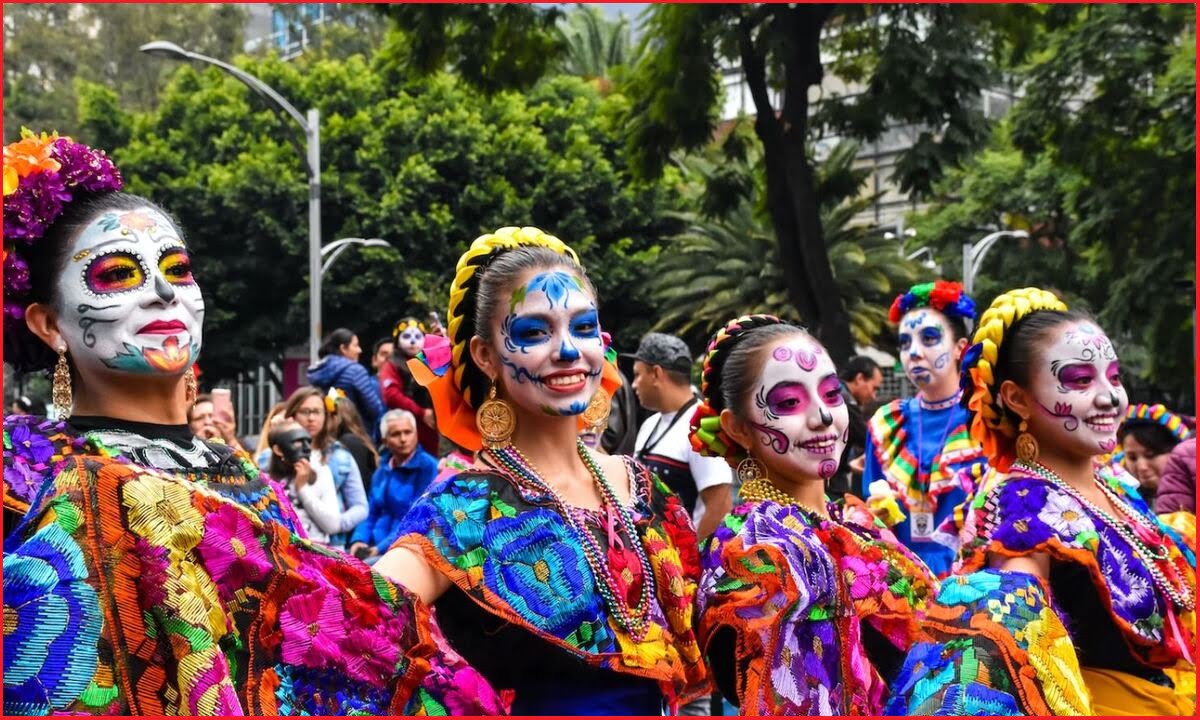
Symbols
The Day of the Dead, or Día de los Muertos, is a symbolic Mexican vacation. Among the most important symbols are calaveras (skulls), often depicted as decorated sugar skulls, representing the deceased. Bright marigold flowers, called cempasúchil, guide the spirits with their fragrance and vibrant colors. Elaborate ofrendas (altar) in homes honor loved ones, decorated with offerings such as Candle, food, and photographs. Pan de Muerto, a sweet bread in the shape of a skull or bones, is a traditional treat. Papel Picado, intertwined silhouettes, celebrate life and death.
La Catrina, a skeletal figure in elegant dress, symbolizes the acceptance of death with a playful spirit. Candles provide illumination and guide the spirits. The calacas (skeletons) engage in lively activities, providing a serene view of death. Water, which represents the essence of life, people often place on the ofrendas for thirsty spirits. Together, these symbols create a lively and meaningful celebration for the deceased.
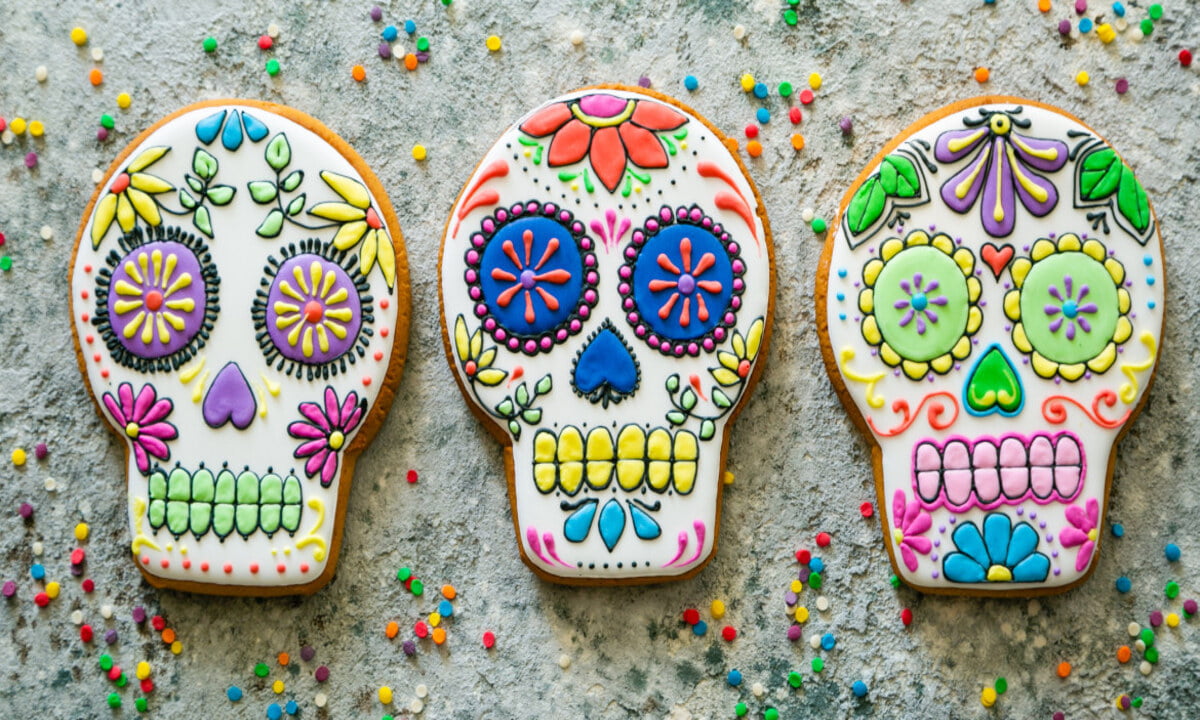
Origins
The origins of the Day of the Dead lie in the indigenous Mesoamerican cultures of Mexico, where beliefs about death and the afterlife were deeply rooted. The introduction of Catholicism and the colonial influence of the Spanish later merged with these traditions. This results in the modern holiday, which is celebrated on November 1 and 2 to honour and remember deceased loved ones.
Traditions
Day of the Dead traditions include setting up ofrendas (altars) with photos and offerings to deceased loved ones. They decorate with sugar skulls and marigolds, bake pan de muerto, and participate in parades with colorful masks and costumes. It is a vibrant and symbolic celebration that combines Catholic and indigenous customs to honor the deceased. The setting almost resembles a party, with food, drink and music. People come together to talk about their loved ones and keep their memory alive.
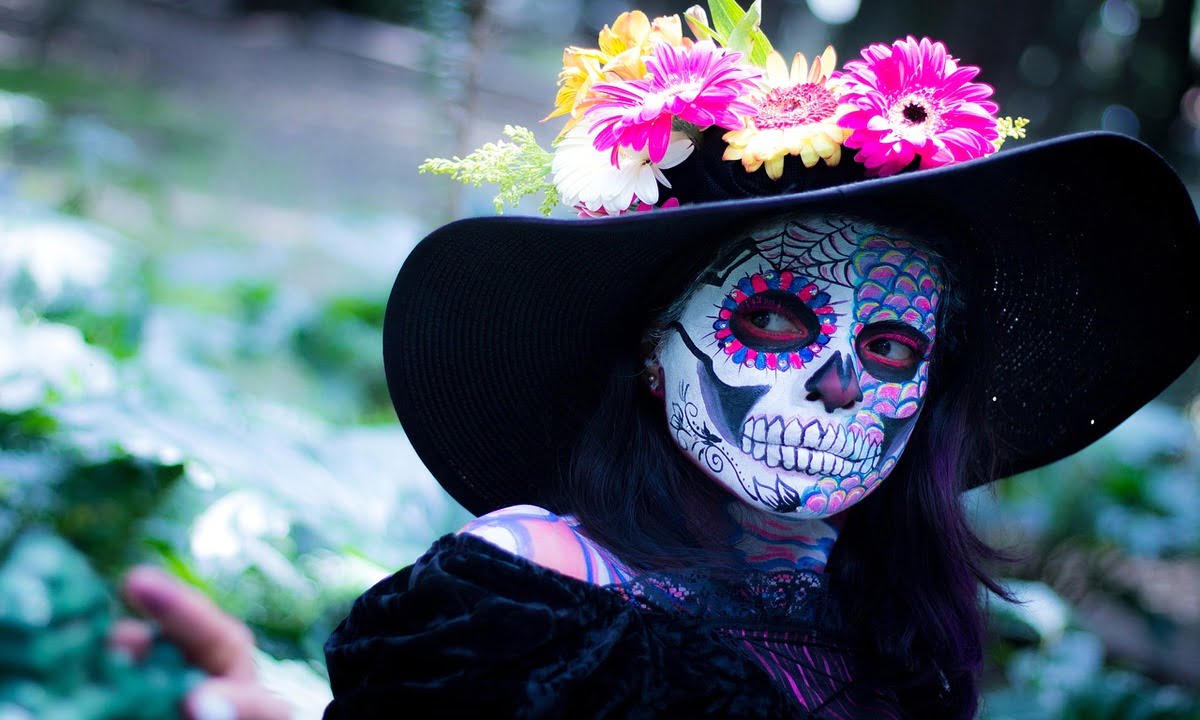
Ofrendas
People erect ofrendas for the Day of the Dead to honor their deceased loved ones. “They decorate them with candles, marigolds, photography, mementos, and favorite foods.” People erect these altars in schools, homes, or other public places to honor the deceased.
They serve as a symbolic and welcoming place for the spirits of the deceased.
Flowers of Death
The marigold, known as “cempasúchil” in Mexico, is the most important flower symbolizing the Day of the Dead. The spirits of the deceased are believed to be escorted to the world of the living during the celebration by its yellow and bright orange colors. Marigolds are commonly used for elaborate floral arrangements and for decorating ofrendas (altars) and gravesites on this holiday. During the celebrations, marigolds can be seen everywhere — in homes, on graves, and on altars.
When is Day of the Dead?
The Day of the Dead, celebrated on November 1 and 2, is “Día de los Muertos.” November 1 is usually dedicated to the memory of children who have died and is known as “Día de los Inocentes” (Day of the Innocents) or “Día de los Angelitos” (Day of the Little Angels), while November 2 is dedicated to the memory of adults who have died. This multi-day festival coincides with the Catholic All Saints’ Day, November 1 and All Souls’ Day, November 2.
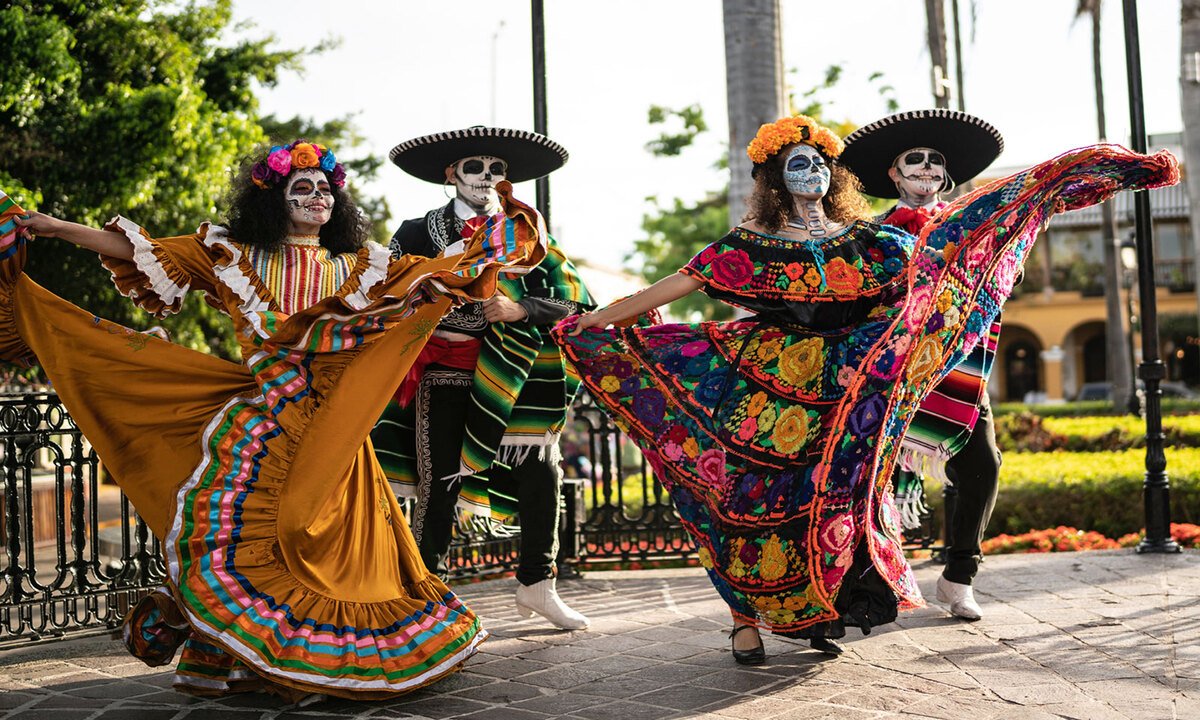
Who celebrates Day of the Dead?
People primarily celebrate Day of the Dead, or “Día de los Muertos,” in Mexico and Mexican communities around the world. It is a religious and cultural vacation that remembers and honors deceased loved ones with festive and colorful traditions. It has gained popularity beyond Mexican borders and is celebrated by people from diverse backgrounds who appreciate its symbolism and cultural significance.
Latin America also celebrates its own versions of the holiday. Undas is the holiday celebrated in the Philippines on the first two days of November. Filipinos visit the graves of their loved ones and erect altars for the deceased. Fèt Gede is the name given to the day which is known as the Feast of the Dead in Haiti. People dress in purple, black, and white, and the hole pradesh throughout the country.
How Day of the Dead celebrated?
The Day of the Dead, or “Día de los Muertos,” is celebrated with ofrenda decoration with candles, marigolds, photographs and offerings of favorite drinks and food to honor deceased loved ones. Sweet bread (Pan de muerto) and sugar skull are common symbols, and marigold flowers accompany the spirits. In some regions, people have parades with colorful costumes and use skulls (calaveras) and skeletons (classes) for decoration. It’s a meaningful and lively festival that combines Catholic and indigenous traditions to commemorate and celebrate the deceased.
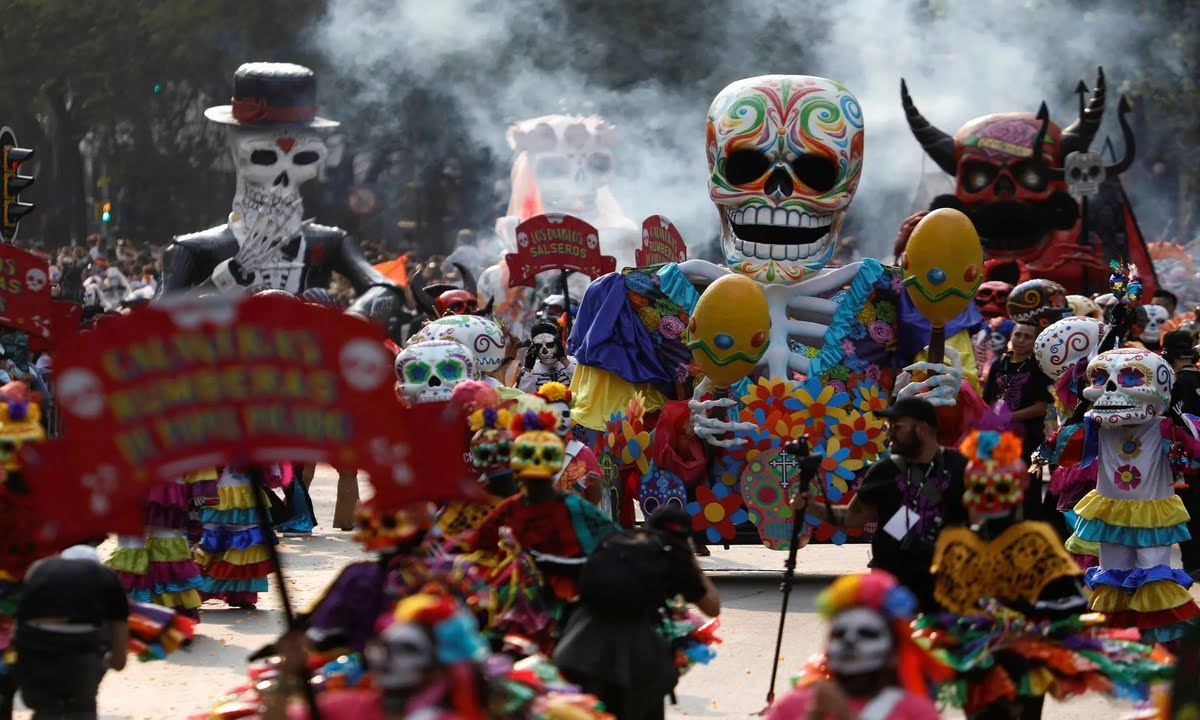
Conclusion
The Day of the Dead, or “Día de los Muertos,” is a culturally rich Mexican holiday. It combines Catholic and indigenous traditions to remember and celebrate deceased loved ones. Ofrendas (altars), marigold, sugar skulls, and lively parades mark it. It emphasizes the belief that death is a natural part of life that should be celebrated with remembrance and joy. Cultural significance exists both within Mexico and among Mexican communities around the world.




